Showering is a daily ritual that brings us comfort, relaxation, and cleanliness. However, it's important to remember that the bathroom can also be a potential hazard zone. From slippery surfaces to scalding hot water, there are various risks that can compromise our safety. That's why it's crucial to prioritize shower safety and take the necessary precautions to protect ourselves and our loved ones.

In this comprehensive guide, we will explore the essential steps to ensure a safe and secure shower experience. From choosing the right bath mat to installing grab bars, we'll cover all the bases to minimize the risk of accidents and injuries. So, whether you're a senior looking to age in place or a parent concerned about child safety, this article will equip you with the knowledge and tools to create a shower environment that promotes peace of mind. Let's dive in and uncover the secrets of shower safety together!
The Importance of Shower Safety
When it comes to maintaining a safe home environment, shower safety often takes a backseat. However, the consequences of neglecting this aspect can be severe. Slippery surfaces, unsteady footing, and scalding hot water are just a few of the many hazards that can lead to accidents and injuries in the shower. According to the National Safety Council, falls are the leading cause of nonfatal injuries in the United States, and many of these occur in the bathroom. This highlights the importance of prioritizing shower safety as an integral part of overall home safety.
Taking the necessary steps to ensure shower safety not only protects ourselves but also our loved ones. Children and elderly individuals are particularly vulnerable to bathroom accidents. By implementing the tips and strategies outlined in this article, we can create a shower environment that minimizes the risk of slips, falls, and other mishaps. So, let's delve into the essential steps to prevent accidents and injuries in the shower.
Common Accidents in the Shower
Before we explore the preventative measures, it's important to understand the common accidents that can occur in the shower. This knowledge will help us identify the areas where we need to be particularly cautious. Slip and fall incidents are by far the most prevalent accidents in the bathroom. The combination of wet surfaces, soapy residue, and lack of stability can lead to disastrous consequences. In addition to slips and falls, scalding injuries from hot water are also a significant concern, especially for young children and older adults with reduced sensitivity to temperature.
Other accidents that can occur in the shower include cuts or abrasions from sharp edges or broken glass, as well as burns from faulty showerheads or exposed electrical wires. Being aware of these potential risks will enable us to take proactive measures to prevent them.
Essential Steps to Prevent Slips and Falls in the Shower
Preventing slips and falls in the shower starts with creating a non-slip environment. Here are some essential steps to help you maintain a secure footing:
1. Invest in a quality bath mat: Choose a bath mat with a non-slip backing to provide traction and stability while standing in the shower. Make sure the mat covers the entire floor area to prevent any exposed slippery surfaces.
2. Use adhesive strips or decals: If your shower floor doesn't have a built-in non-slip surface, consider using adhesive strips or decals. These can be easily applied to the shower floor, providing additional grip and reducing the risk of slipping.
3. Install grab bars: Installing grab bars in strategic locations can greatly enhance safety in the shower. These bars offer a sturdy handhold for stability when entering, exiting, or moving around the shower. Make sure to choose grab bars that are specifically designed for bathroom use and can support the weight of the user.
Remember, prevention is key when it comes to slips and falls in the shower. By taking these essential steps, you can significantly reduce the risk of accidents and injuries.
Installing Safety Features in the Bathroom
In addition to creating a non-slip environment, installing safety features in the bathroom can further enhance shower safety. Here are some key features to consider:
1. Adjustable showerheads: Opt for an adjustable showerhead that allows you to control the water pressure and temperature easily. This ensures that water doesn't become too hot, reducing the risk of scalding.
2. Temperature regulators: Consider installing temperature regulators or anti-scald devices in your shower. These devices monitor and control the water temperature, preventing sudden spikes that can lead to burns.
3. Waterproof flooring: If you're remodeling your bathroom or building a new one, choose waterproof flooring materials that are specifically designed for wet environments. These materials are more resistant to water damage and provide better traction, reducing the risk of slips and falls.
By incorporating these safety features, you can create a bathroom that is not only functional but also promotes the well-being of everyone who uses it.
Choosing the Right Shower Products for Safety
The products we use in the shower can also play a significant role in maintaining safety. Here are some tips for choosing the right shower products:
1. Non-slip soap dishes: Opt for soap dishes with non-slip surfaces or suction cups to prevent them from sliding around in the shower. This reduces the risk of accidents caused by reaching for a slippery soap.
2. Gentle bath products: Choose bath products that are gentle on the skin and eyes, especially when it comes to children. Harsh chemicals can cause irritation and discomfort, leading to accidents in the shower.
3. Shower chairs or stools: For individuals with limited mobility or balance issues, consider using shower chairs or stools. These provide a stable seating option, reducing the risk of falls while showering.
Choosing the right shower products not only enhances safety but also contributes to a more enjoyable showering experience for everyone.
Tips for Maintaining a Safe and Clean Shower
Ensuring shower safety doesn't stop at implementing preventative measures; it also involves regular maintenance. Here are some tips for maintaining a safe and clean shower:
1. Clean regularly: Regularly clean your shower to remove any soap scum, mold, or mildew that can make surfaces slippery. Use non-slip cleaning products or natural alternatives like vinegar and baking soda for effective cleaning.
2. Check for leaks: Regularly inspect your shower for any leaks or water damage. Addressing these issues promptly will help prevent accidents caused by water pooling on the floor.
3. Replace worn-out mats and rugs: Over time, bath mats and rugs can become worn-out and lose their non-slip properties. Inspect them regularly and replace them if necessary to maintain a safe shower environment.
By following these maintenance tips, you can ensure that your shower remains a safe and inviting space for everyone in your household.
Shower Safety for Children and Elderly Individuals
Children and elderly individuals require extra care and attention when it comes to shower safety. Here are some specific considerations for these age groups:
1. Childproofing the bathroom: Install childproof locks on cabinets and toilet lids to prevent access to hazardous cleaning products or small objects that can pose a choking hazard. Use toilet seat locks to prevent young children from accidentally falling into the toilet.
2. Supervision and assistance: Never leave young children unattended in the shower or bathroom. Supervision is crucial to prevent accidents. Similarly, elderly individuals may require assistance in the shower, especially if they have mobility issues or cognitive impairments.
3. Non-slip bath mats with fun designs: To make shower safety more appealing to children, consider using non-slip bath mats with fun designs or characters. This encourages them to use the bath mat and reduces the risk of slips and falls.
By implementing these measures, you can create a safe and enjoyable shower experience for both children and elderly individuals.
The Role of Caregivers in Ensuring Shower Safety
For those who are caregivers to children or elderly individuals, ensuring shower safety is a shared responsibility. Here are some ways caregivers can contribute to shower safety:
1. Education and communication: Educate children and elderly individuals about the importance of shower safety. Explain the potential risks and teach them how to take proper precautions.
2. Assistance and supervision: Provide assistance and supervision during shower time. Help with tasks like adjusting water temperature, using bath products safely, and maintaining balance.
3. Regular checks and reminders: Conduct regular checks to ensure that safety features are functioning correctly, such as grab bars or non-slip mats. Remind children and elderly individuals about the importance of following safety guidelines.
By working together, caregivers can create a safe and supportive shower environment for those under their care.
Resources for Shower Safety Education and Assistance
If you're looking to further expand your knowledge and resources on shower safety, here are some helpful sources:
1. Local community centers: Check with your local community centers or senior centers for workshops or classes on home safety, including shower safety.
2. Occupational therapist: Occupational therapists specialize in helping individuals maintain independence and safety in their daily activities. They can provide personalized advice and recommendations for shower safety.
3. Online resources: There are numerous online resources available that provide information and tips on shower safety. Websites, blogs, and forums dedicated to home safety and aging in place can be valuable sources of information.
Make use of these resources to stay updated on the latest shower safety practices and to find assistance when needed.
Conclusion: Prioritizing Shower Safety for Peace of Mind
In conclusion, shower safety is an essential aspect of maintaining a safe and secure home environment. By prioritizing shower safety and implementing the essential steps outlined in this guide, we can minimize the risk of accidents and injuries in the shower. From creating a non-slip environment to installing safety features and choosing the right shower products, every step counts in ensuring a safe and enjoyable shower experience. Whether you're a parent concerned about child safety or a senior looking to age in place, the knowledge and tools provided in this article will equip you to create a shower environment that promotes peace of mind. Remember, shower safety is a shared responsibility, and by working together, we can protect ourselves and our loved ones. So, let's make shower safety a top priority and enjoy the benefits of a safe and secure shower experience.

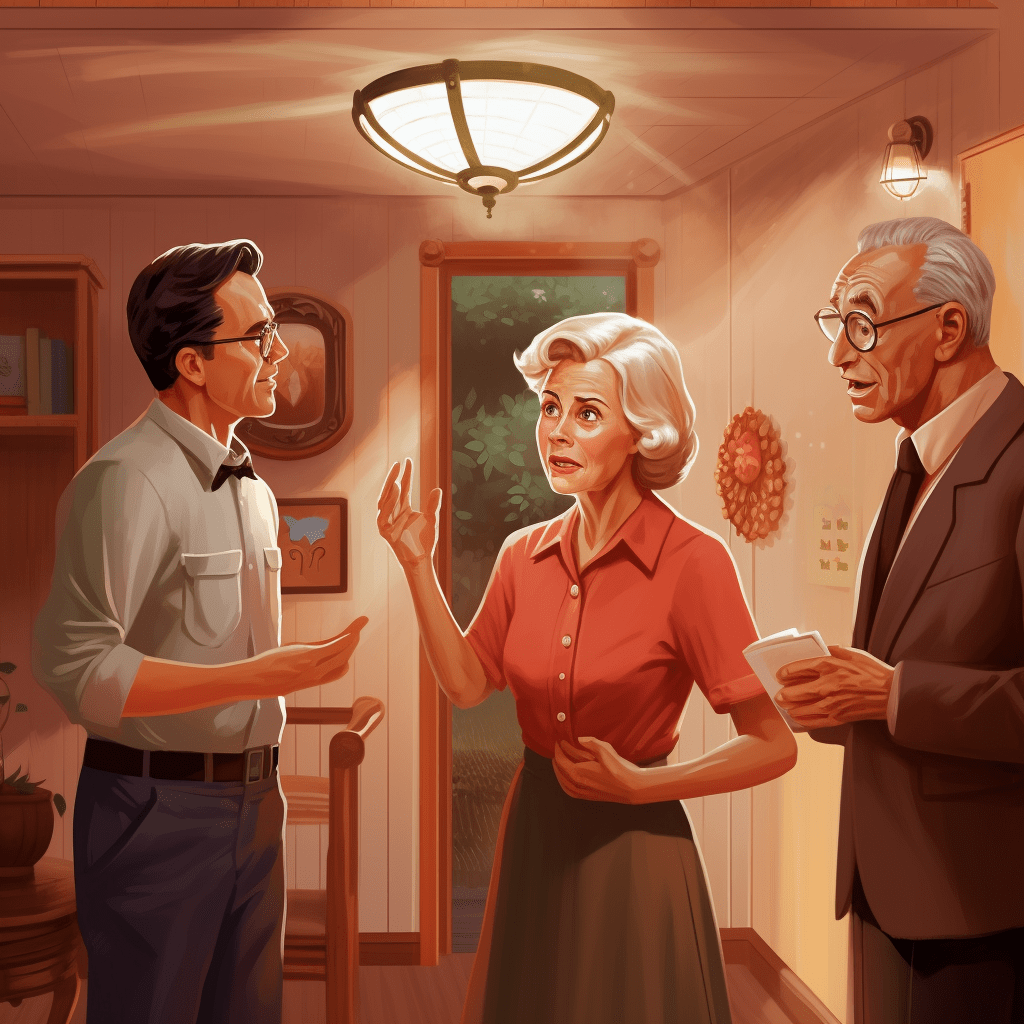


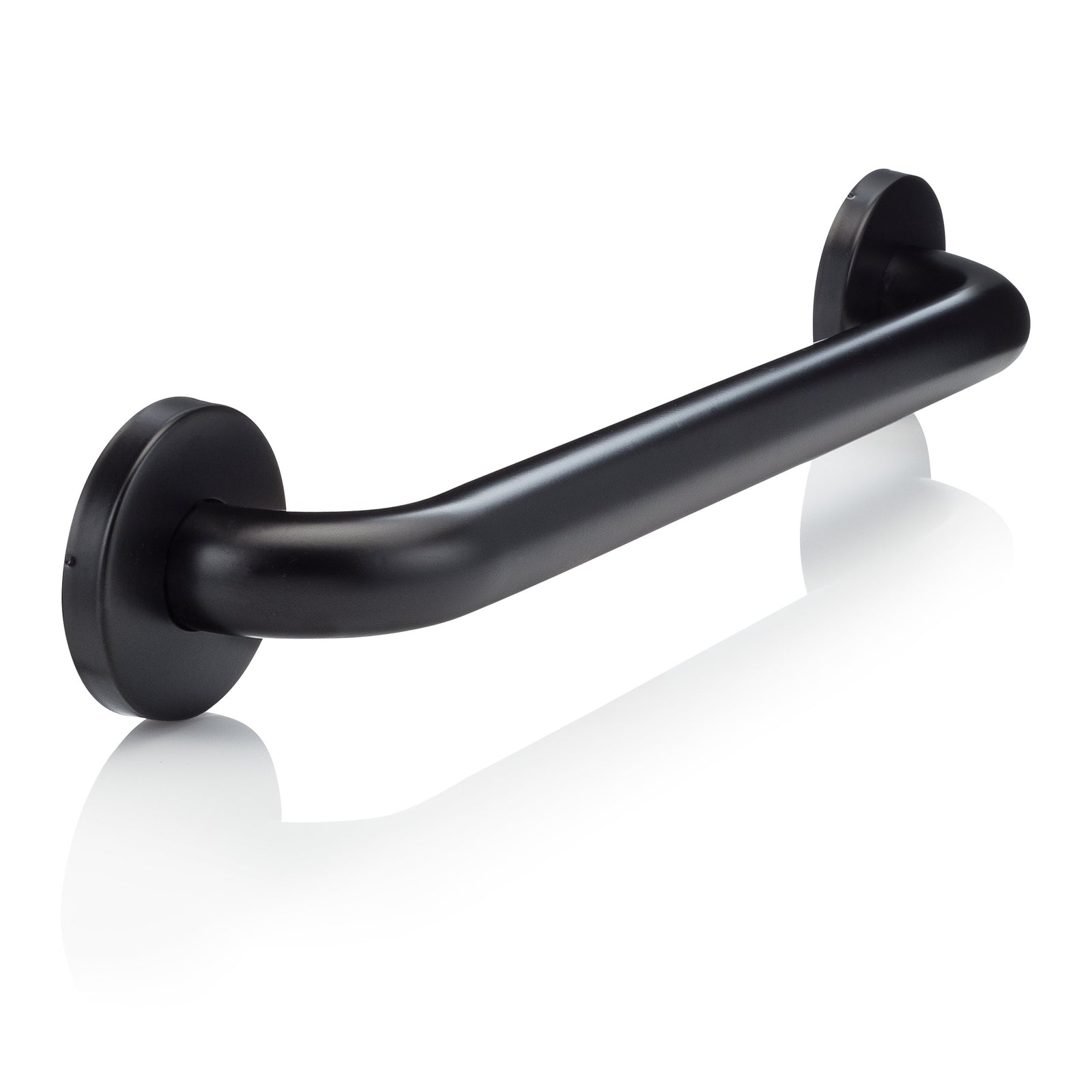

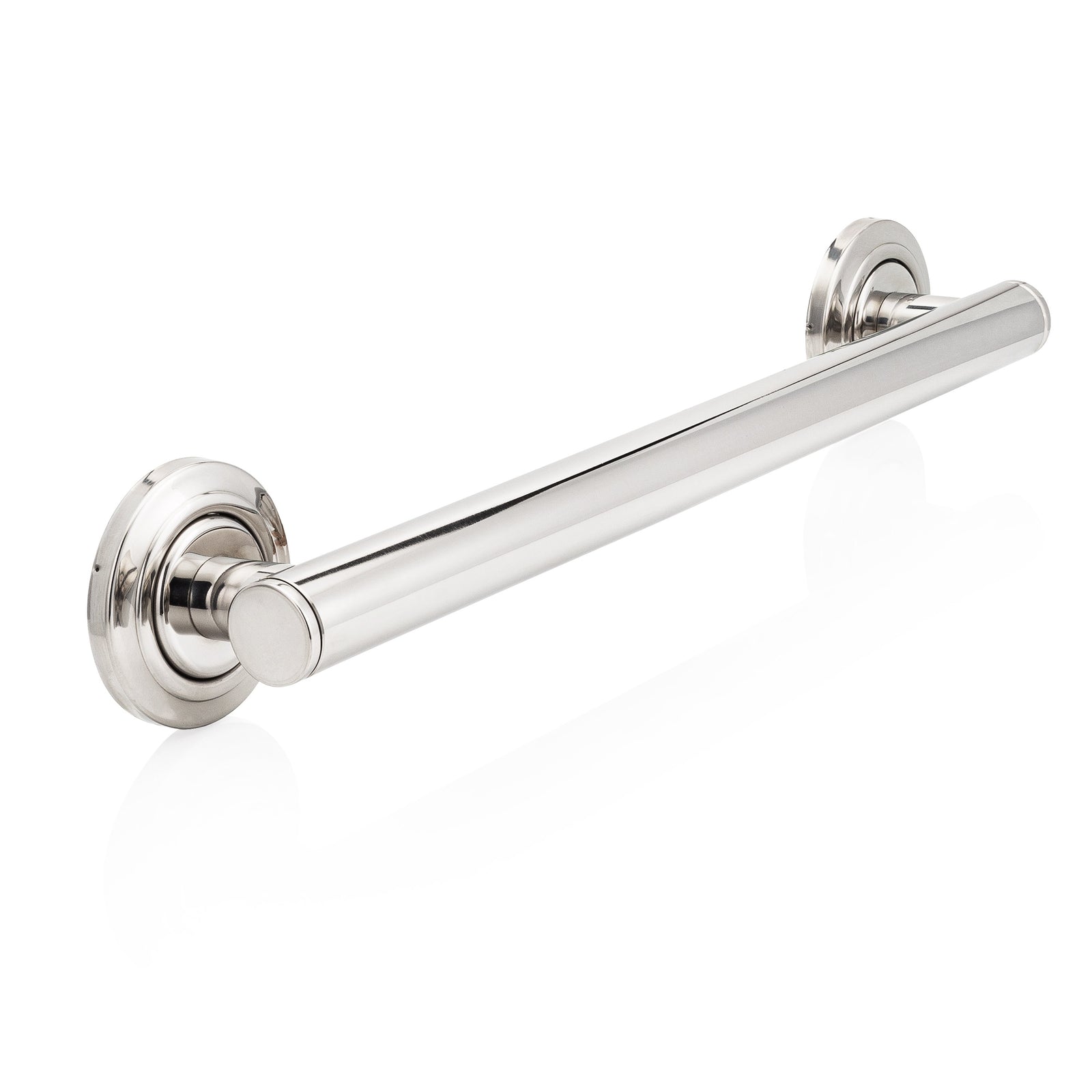
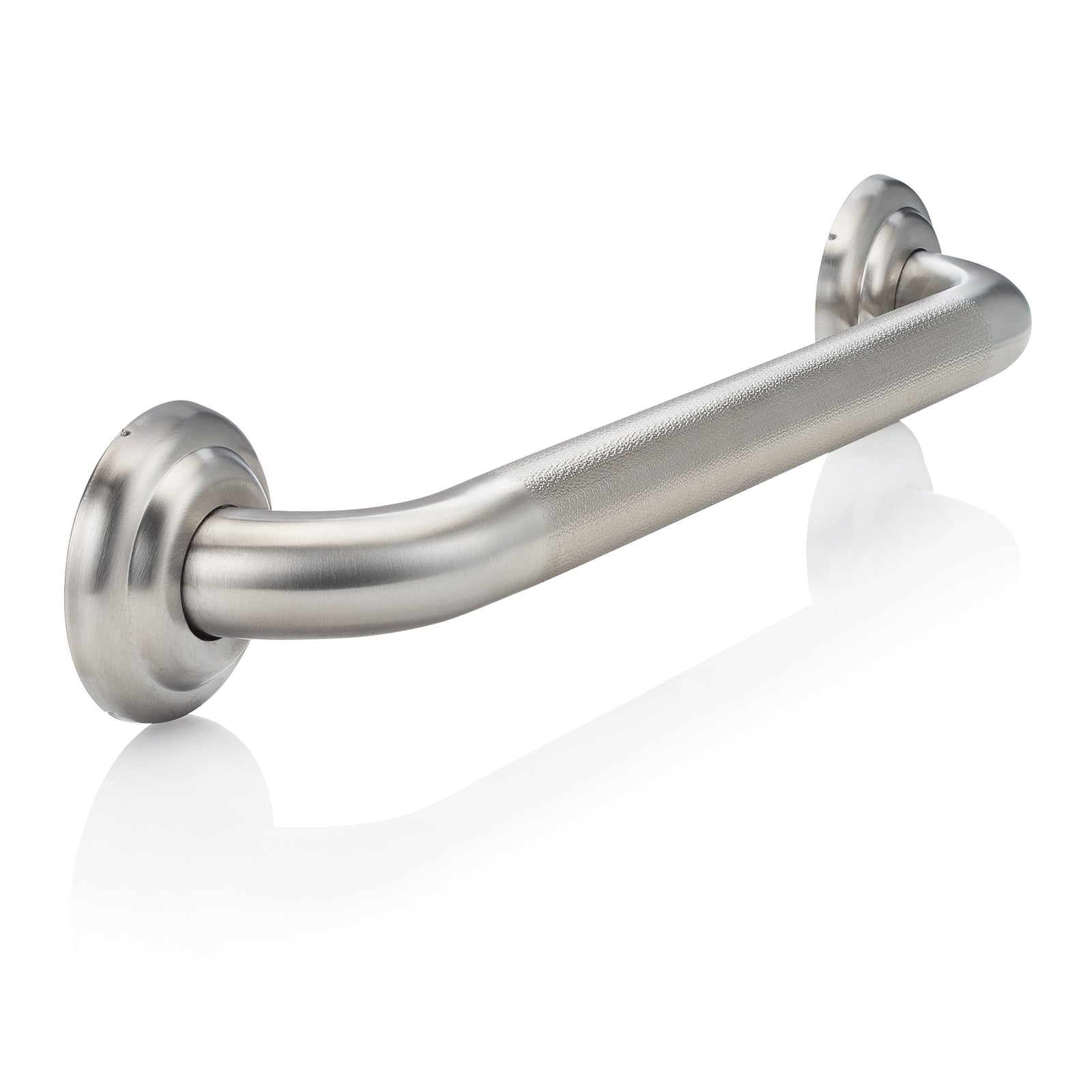
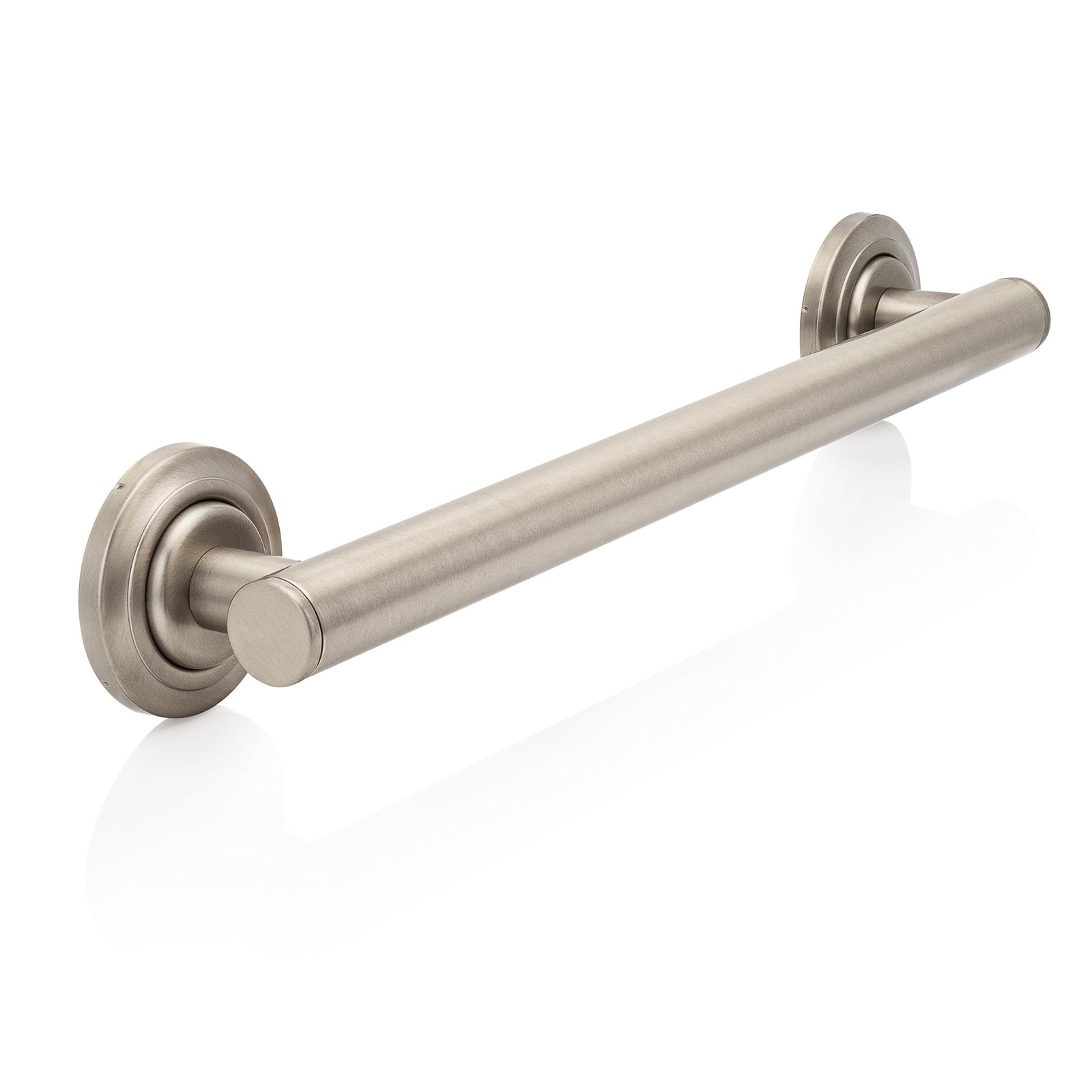
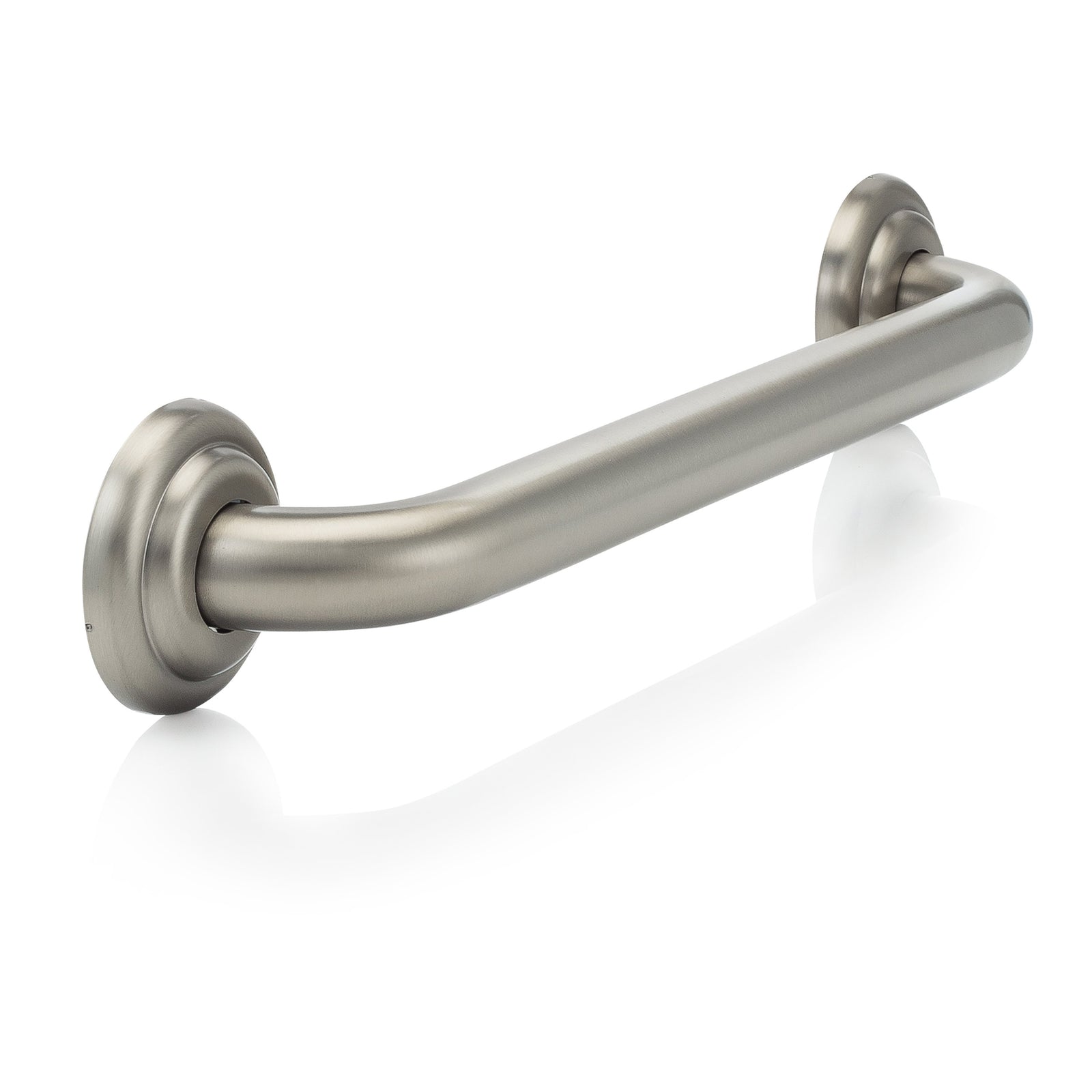
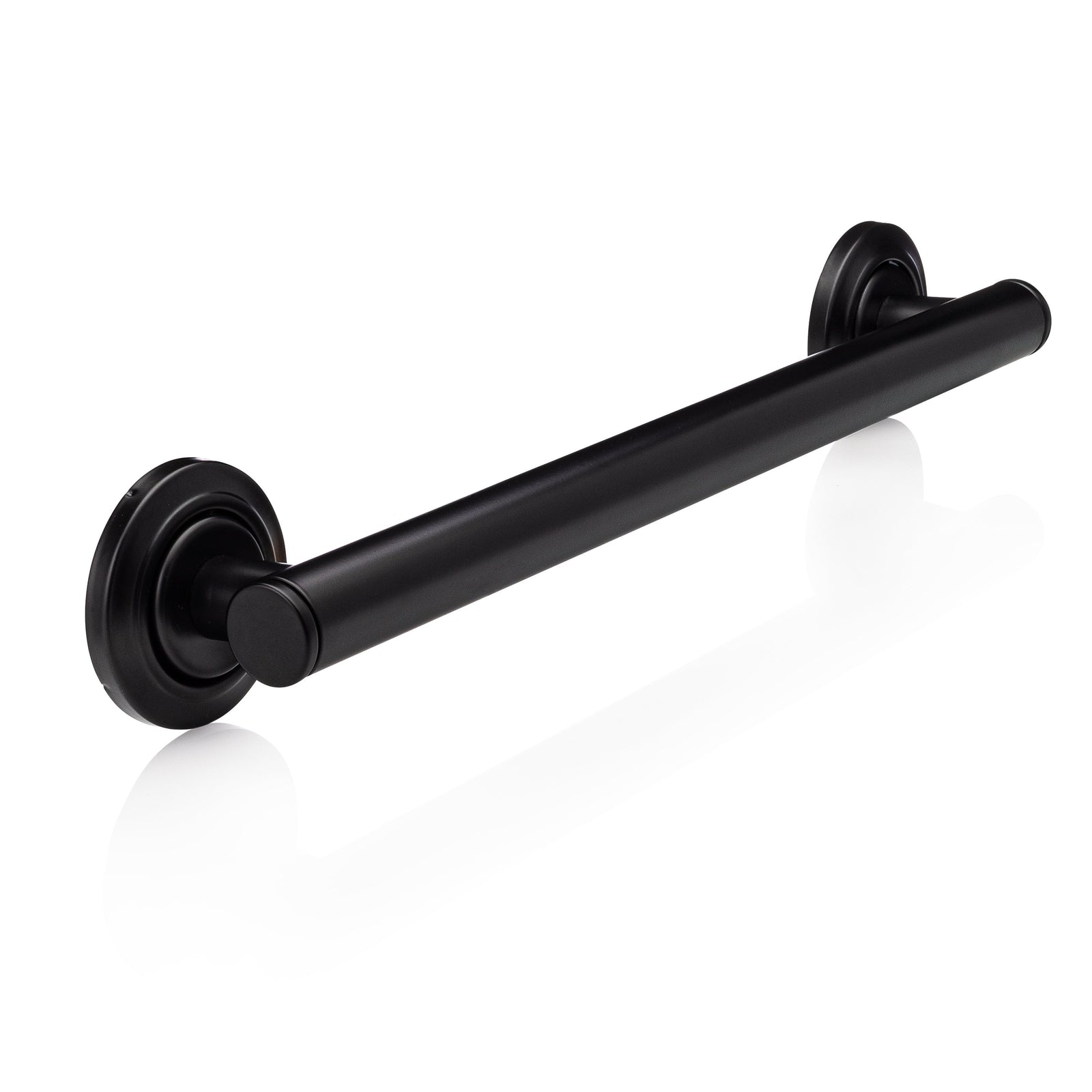
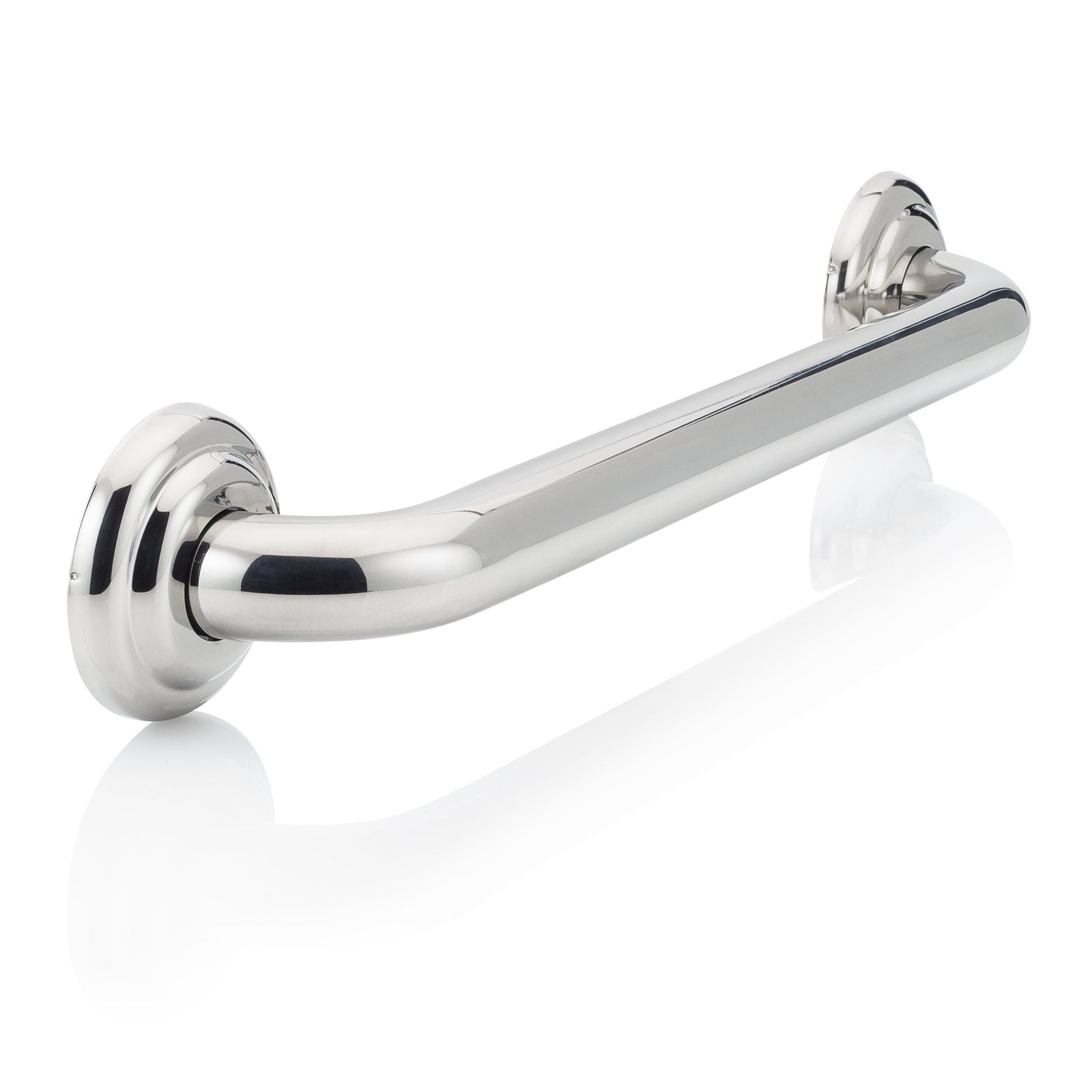

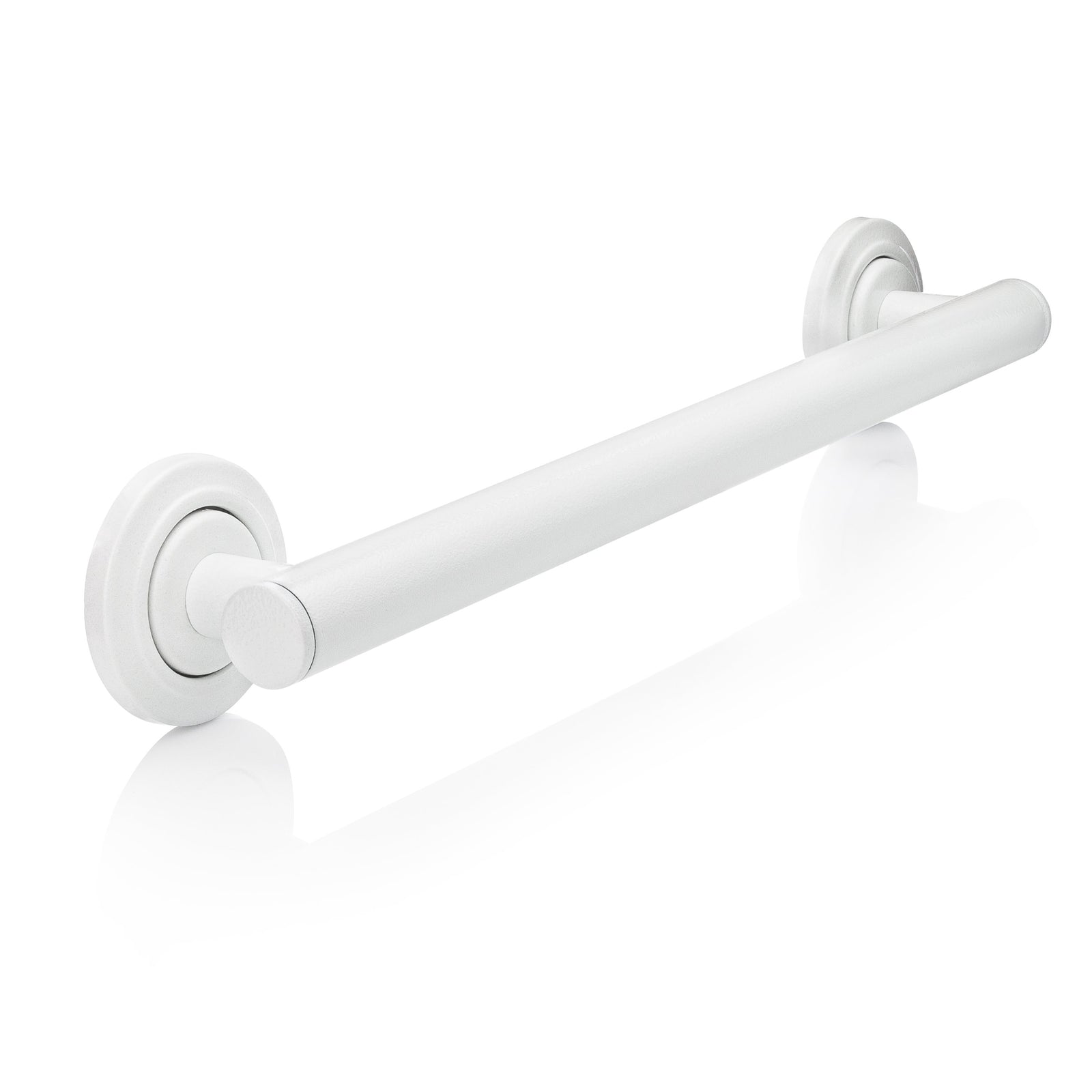
Leave a comment (all fields required)